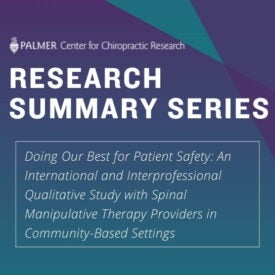Pain education has now been studied in many clinical trials encompassing a variety of patients and conditions. When numerous clinical trials have been conducted, assessing them collectively can help clarify the effects of interventions.
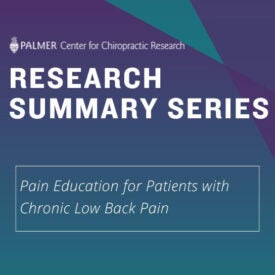
A diagnostic process incorporating a biopsychosocial approach addresses three main questions: (1) Are the patient’s
symptoms reflective a visceral disorder or a serious or potentially life-threatening condition; (2) from where the
patient’s pain is arising; (3) what has gone wrong with this person that would cause the pain experience to develop and
persist?2 The focus of this study was placed on developing a resource to help clinicians answer the 2nd question, since
this information is needed to inform and contextualize answers to questions 1 and 3.
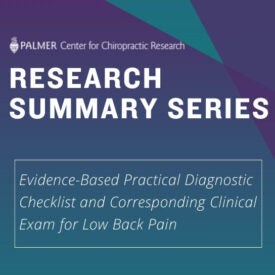
The article and the management resource it provides offer a summary of evidence-based care options
for people with neuromusculoskeletal LBP.
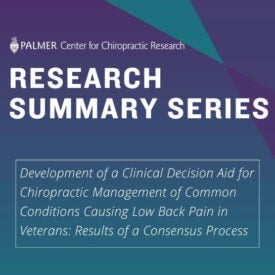
Trunk muscle function tends to be compromised in people with low back pain. This study offers evidence that chiropractic care can influence potential biological and cognitive changes that collectively appear to facilitate a return to more normal trunk muscle function.
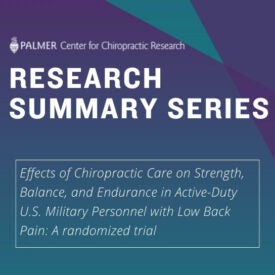
Our study concluded that SMT providers do not share a common outlook concerning patient safety. The perspectives chiropractors and physical therapists have about patient safety are influenced by their professional background, clinical experience and environment, and patient factors. Current practice settings may often limit the time and resources practitioners have at their disposal to engage proactively in patient safety initiatives.
